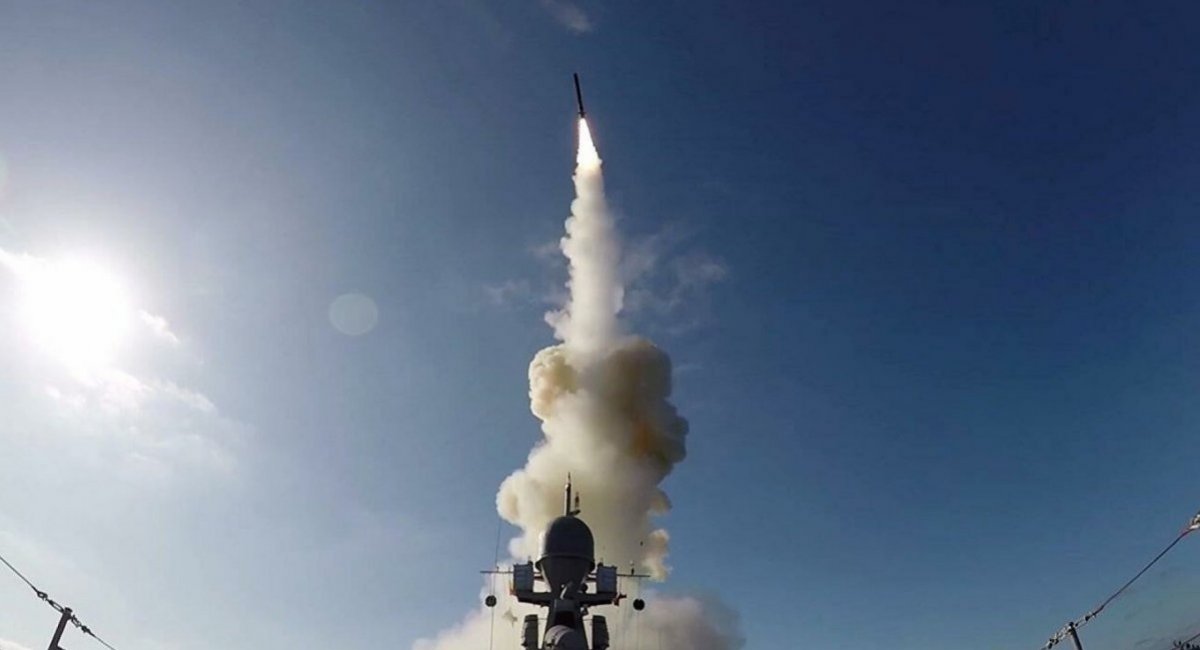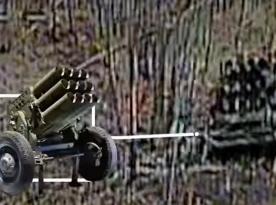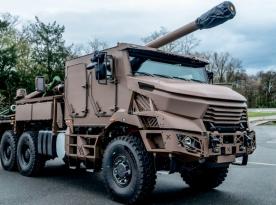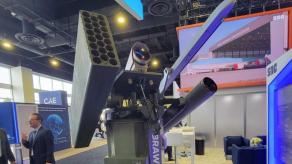Western electronics inside russian weapons are being replaced with domestically manufactured ones. The process came to light in March 2024 when Defense Express drew attention to the findings inside disassembled attack missiles. Namely, several new russian-made components of the SN-99 satellite navigation system were found inside Kalibr, Kh-59, and Kh-101 cruise missiles, as well as R-500 missiles from Iskander-K short-range systems.
That didn't mean the russians suddenly became completely independent from smuggled electronics used in their missiles, quite the contrary — the same SN-99 still contained a substantial number of Western-made components. However, it also indicated that the russian military has clear success in developing substitutes for external supplies, preparing for a scenario if Western sanctions become tighter than they actually turned out to be.
Read more: russia Is Actively Replacing Western Electronics with Its Own: the Result of Disassembling Missile Navigation Systems
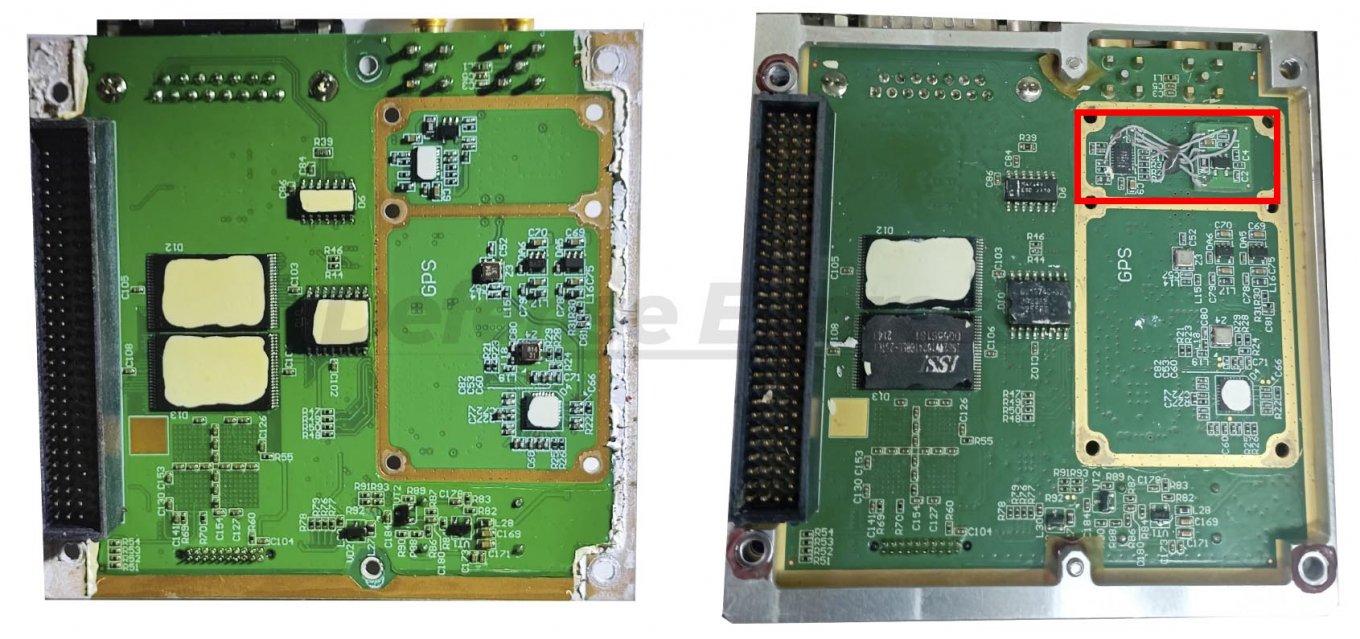
All of the above illustrates that currently, the russian military-industrial complex follows two vectors of work at once: maximum exploitation of external resources and building up of own capabilities. But it's rather paradoxical that this trend has not yet caught the attention of mainstream research institutions.
For now let's focus on the simplest example: numerous public estimates exist regarding the Western-made components discovered by tech experts in russian missiles and Shahed-136 drones, there are names of specific products and companies producing them. However, there is a noticeable lack of information on russian-made parts found in these weapons.
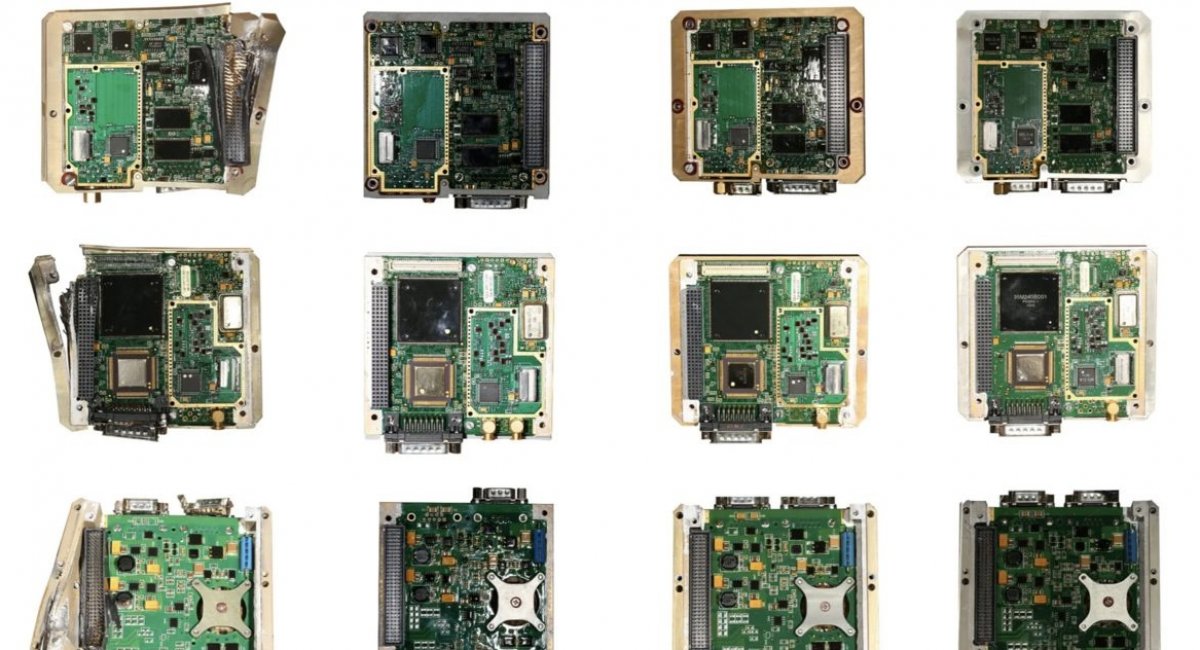
In the meantime, there is a significant increase in production of semiconductor devices and their elements in the russian official production statistics for Q1 2024. The figures were pointed out in the study by Jamestown Foundation analyst Pavel Luzin who, nonetheless, attributes the growth solely to an increase in supply of smuggled components, disregarding the domestic factor.
In the same study, we can also note the figures revealing a gradually increasing volume of production of cellulose and ammonium nitrate, both necessary for the production of explosives for missiles and artillery shells.
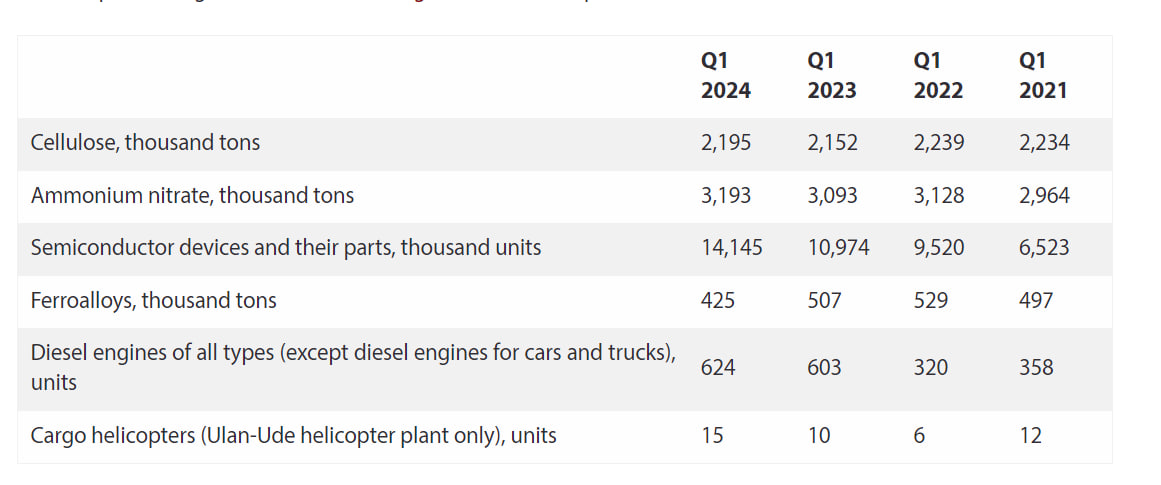
We can also recall and compare the findings with the data from the summer of 2023, that russia had reached cellulose import volumes of 3,039 tons during the quarter, it was twice as much as produced throughout the entire 2022. Although, the media that published those figures, The Wall Street Journal, somehow lost sight of China as the primary source of such supplies to the russian industry.
Read more: UK will Tolerate Chinese Components to Give 10 Times More Drones to Ukraine




